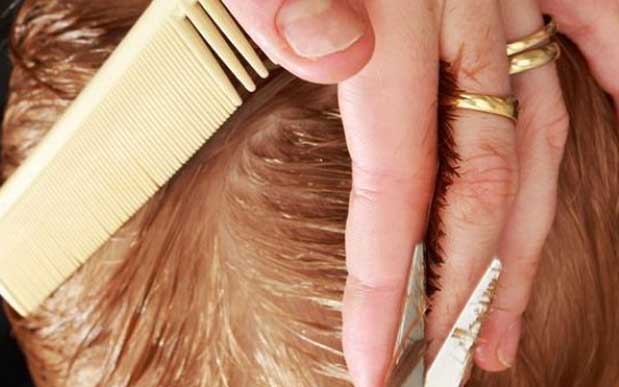
Scientists found effective dandruff treatment
The latest study into scaly scalps has found that nurturing particular bacteria on the skin could keep the white flakes at bay.
Researchers in Shanghai took on the dandruff problem with an unprecedented investigation into flaky scalps and the ecosystem of microbes that set up home on the human head, feeding on the lavish menu of dead skin and oily secretions called sebum.
Menghui Zhang at Shanghai Jiao Tong University invited 59 people aged 18 to 60 years old into the lab and gathered dandruff from eight different areas on their heads. All had washed their hair two days before turning up at the centre.
Zhang separated the volunteers into ?healthy? and dandruff groups, depending on the amount of visible skin flakes in their hair. He then looked to see how the populations of scalp bacteria and fungi differed between the two groups, and with individual?s sex, age and physiology.
The researchers found that sebum secretions rose through the teenage years, peaked at 15 to 35 years old, and then declined as people got older. Meanwhile, dandruff became worse as people aged, with the over 40s having more severe dandruff than the younger participants. Writing in the journal Scientific Reports, the authors note: ?Sebum is an important food source for the growth of fungi and bacteria.?
In previous work, scientists had identified a group of fungi called Malassezia as potential culprits in causing dandruff. The yeast eat fatty substances in sebum and produce oleic acid, which irritates the skin and may cause the scalp to flake. But in the latest study, Zhang found Malassezia fungi on the heads of people without dandruff, suggesting flaky skin might be made in other ways.
He found that instead of fungi, the most important factor seemed to be bacteria. The two most common bacteria living on the scalp were Propionibacterium andStaphylococcus. In the ?healthy? group with little or no dandruff,Propionibacterium made up 71% of the scalp bacteria, with Staphylococcusaccounting for only 26%. But in the dandruff group, he noticed the populations had shifted dramatically, with Propionibacterium falling to 50%, andStaphylococcus rising to 44%.
The two types of bugs can restrict each other?s growth, and Zhang suspects that when Staphylococcus gets the upper hand, more dandruff is the result. Scalp sebum, he said, may be a particularly good food source for Propionibacterium, while moisture released from the skin helped the bugs grow. ?We found that keeping the balance of the microenvironment is very important,? Zhang said.
All of which points to bug management as the new way of controlling dandruff. ?Adjusting the balance of the bacteria on the scalp, particularly by enhancingPropionibacterium and suppressing Staphylococcus, might be a potential solution to lessen dandruff,? Zhang writes in the journal.
How the community of scalp bugs can best be shaped to prevent dandruff is a question Zhang is now investigating, with a view to making better anti-dandruff shampoos. One approach could be to nurture Propionibacterium at the expense ofStaphylococcus, by delivering nutrients to the scalp that benefit Propionibacterium more than its microbial rivals.
But another answer may lie in yogurts that contain Propionibacterium. In 2013, researchers in the US developed a yogurt laced with the bugs to help protect the skin from a hospital superbug, drug-resistant Staphylococcus aureus. Scalp yogurt may be next.
Related News
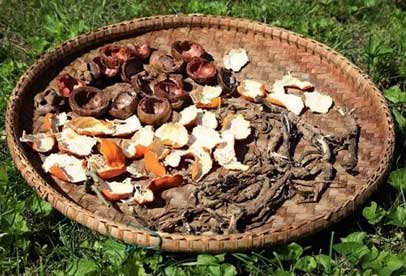
5 Ways to Dry Herbs
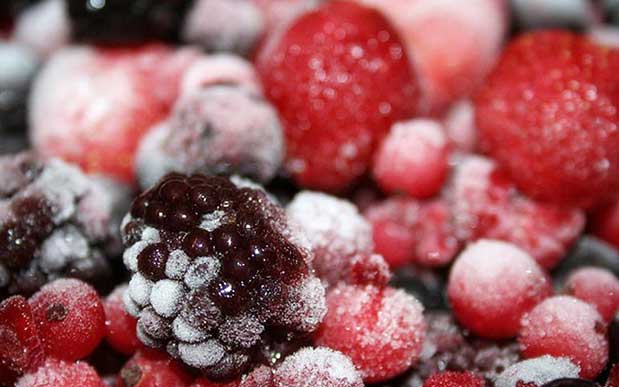
Fresh fruits and veggies arent always healthier than frozen, scientists say

Popular weight loss strategies
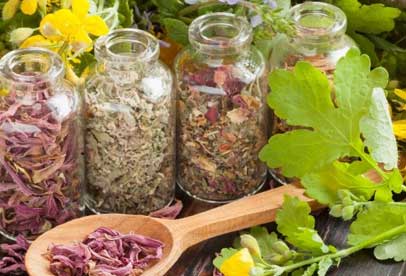
The best effective and natural plants for a good memory

Aerobic training can help reverse ageing
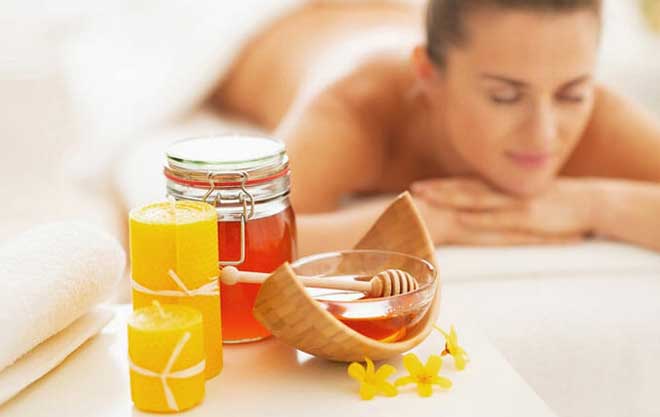
Ways to Use Honey for a Glowing Skin
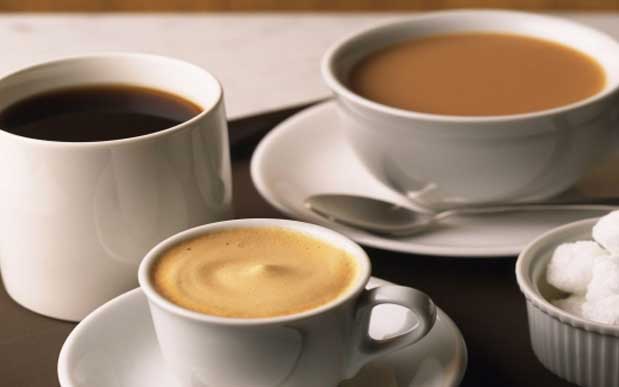
This is how many calories your tea and coffee habit is adding to your diet EVERY DAY
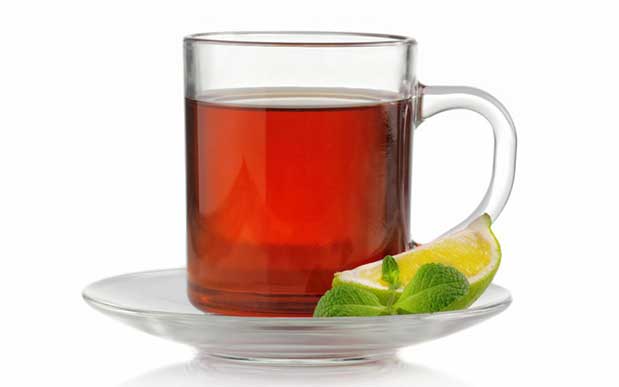
Daily consumption of tea protects the elderly from cognitive decline
Most Read
★The Key to Healthy Aging
★Mushrooms could prevent risk of Dementia, scientists say
★5 Exercises to Reduce Belly Fat
★8 Best Foods to Eat for Weight Loss
★Brain health food guide for older adults
★Is there a way to combat greying?
★Manage oily skin in winters with these steps
★Everyday Medications You Should Never Take When You Exercise
★Stop Lusting For a Radiant Skin Possess it with the Help of Super Foods
★5 foods for healthy skin
★The Best Breakfast Foods for Weight Loss
★Does ginger gene offer key to younger looking skin?
★Take care of your coloured hair with Wella
★Natural Herbal Gummies
★9 Super Simple Exercises to Reduce Belly Fat
★Flex Your Memory Muscle
★Research reveals surprising health benefits of chewing your food
★Why You Probably Shouldnt Take Diet Advice from Your CrossFit Coach
★Skin tone linked to fruit and vegetable consumption
★The health benefits of popular foods
★How your make-up bag could wreck your health
★Working It Out: The future of work and digital
★Medication Management Tips
★10 Benefits Of Climbing Stairs ? An Underdog In The World Of Fitness
★Popular weight loss strategies
★Dairy and vitamin D supplements protect against bone loss
★5 superfoods to combat hair loss
★Smoking and sight loss warning
★Grean tea could help get rid of acne
★5 Common Mistakes that May Ruin Your Skin
★Pasta eaters may have better diet quality: study
★Skin tone linked to fruit and vegetable consumption
★8 Fruits that Burn Fat: Include Them In Your Diet For Great Health Benefits
★Top Fitness Stars Share Their Most Common Workout Habits
★Top 10 Unknown Beauty Tips and Tricks
★9 Food Habits To Keep Eating To Lose Weight
★Yoga Heals More than Just Your Body
★This Yoga Flow Will Instantly Boost Your Mood
★Eating Carbs and Fats Before a Workout? Read This
★5 Hot Yoga Poses For Rapid Weight Loss
★Haryana girl Nishtha Dudeja wins Miss Deaf Asia 2018 crown
★Ideal exercises to keep your heart healthy
★Study finds dramatic weight loss can be achieved WITHOUT counting calories
★5 Ways to Dry Herbs
★Cancer warning over skin bleaching treatment
★Guinness World Record for bearded woman Harnaam Kaur
★10 Weight Loss Tips to Make Things Easier (and Faster)
★How to Gain Weight in 7 Days to Get Rid of the Skinny You
★What dangers are hidden in your pillow?
★8 Practical Tips to Lose Weight Without Dieting
